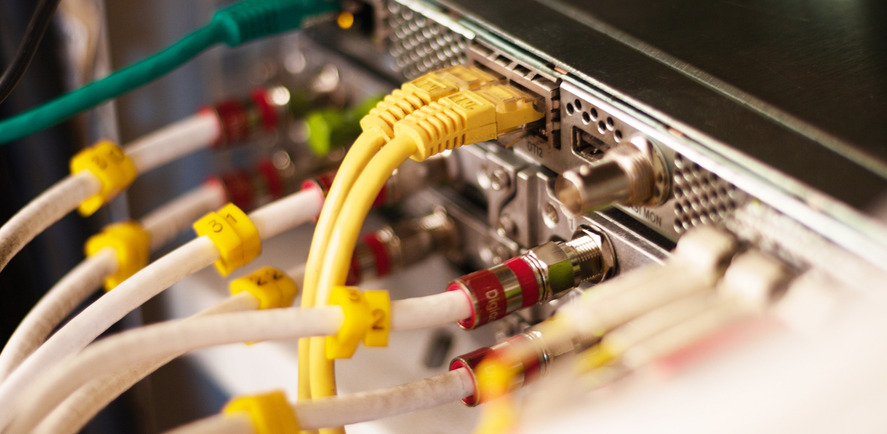What is Cable TV?
Cable TV (CATV) is an abbreviation for cable television, which is a means of delivering viewers with exposure to television shows via coaxial or optical multimode fiber installed in their homes.
Both optical fiber and coaxial cables are examples of directed communication lines. Coaxial cable is composed of plastic and copper wiring and is used to convey transmissions in the form of electrical impulses. Optical fiber is made of plastic and glass and is used to send impulses in the form of light or optics.
Is Cable TV dying?
The death of cable television has been predicted for many years because of the cable tv alternatives. Even though most assumptions about what will ruin it have happened, the cable appears to function. So maybe the sky is falling, since the odds seem to be skewed against it. However, the death may come more slowly than analysts expect, giving cable providers more time to adjust to the evolving world and figure out a way to thrive. Reasons for the cable is dying are:
- New players have appeared, posing a threat to existing systems. Streaming features are provided by Netflix, Inc. (NFLX), Amazon.com, Inc. (AMZN), Sling TV, Crackle, and Sony Corporation (SNE), which has replaced the set-top box/TV hybrid as the only way to watch media.
- Consumers are no longer able to pay for networks they don't stream. This anachronistic television paradigm has been supplanted by streaming services that allow you to watch just what you want, and even cable customers are demanding more tailored smaller packages.
- Many local networks are working out strategies to encourage their shows into a subscription platform through alliances, even though they don't have the same level of engagement and popularity as the bigger companies.
- Consumers are no longer able to afford the high prices of traditional packaged cable subscriptions and are opting out of cable channels altogether.
- Americans are more wired than ever before, preferring the ease and comfort of switching between computing devices, cell phones, and wearable (watches) that internet and wireless connections provide. This transformation is supported by data.
Benefits of having a cable subscription:
The best cable TV provider subscription offers comes with a slew of advantages. Among the most prominent are:
- Pay-per-view, new releases, and titles available for streaming.
If over-the-top platforms encourage you with the flexibility to watch anything you want, cable and satellite TV services likewise have the option plus more. Multitudes of On-Order plays are activated when — and where — you want them for most cable operators. In addition, you will frequently schedule pay-per-view matches before they become available on streaming platforms. - You won't depend on the internet for anything.
You'll be depending heavily on your internet access while using online streaming to view your preferred content. If there are network blackouts due to climate or service issues, this can become an issue. It can be important to agree on connection speeds to view your programs, particularly during intense traffic volumes when broadband connections can lag.
So, before you cut the cable, consider your television viewing habits. Do you love watching live sports, prefer On Demand choices until they become available on streaming platforms, or can't bear missing an event? You might discover that the best cable tv providers can give you the best options.






